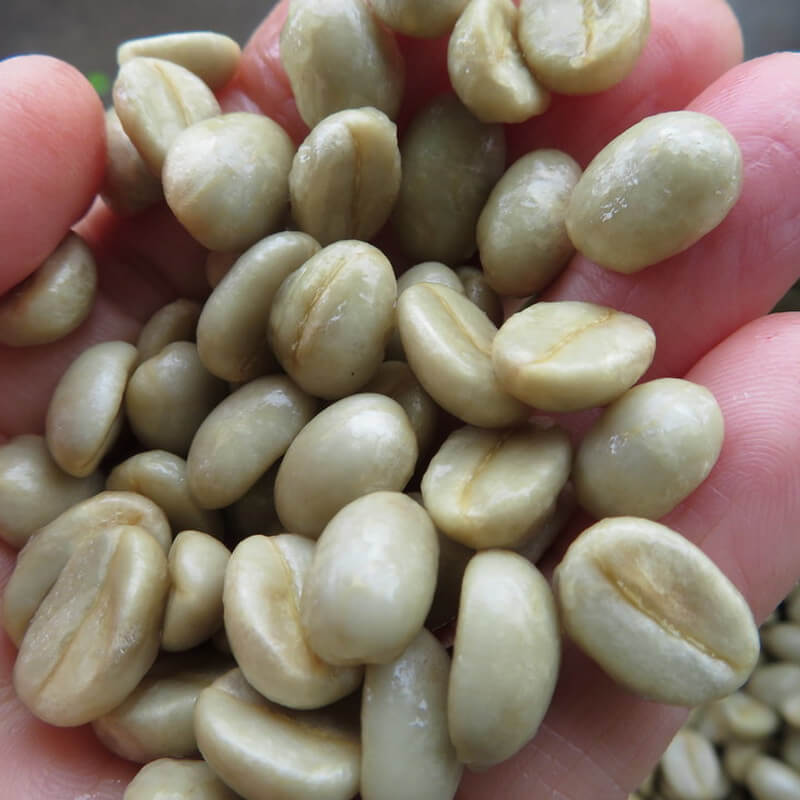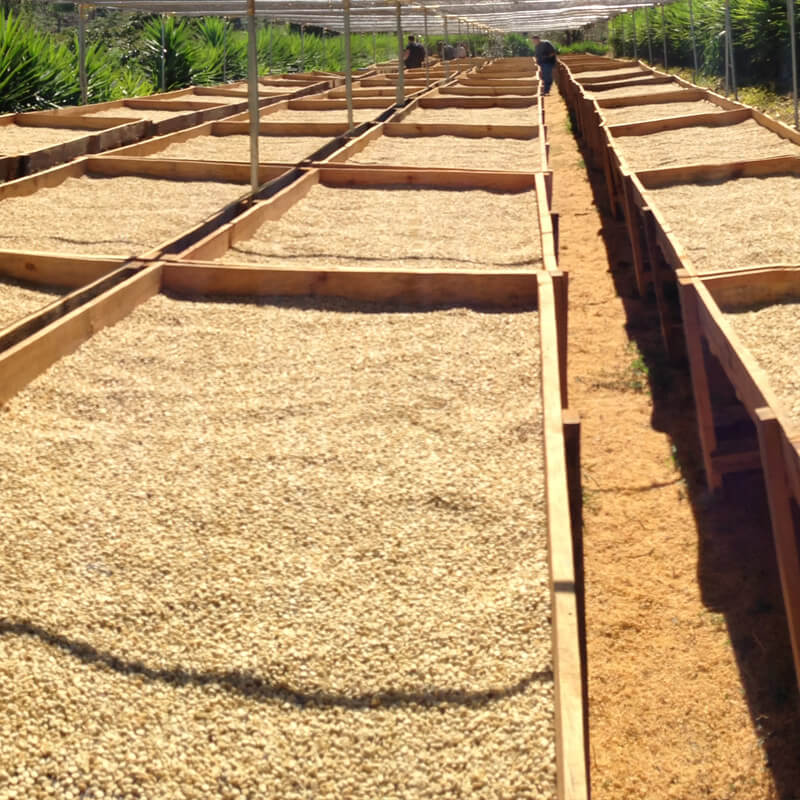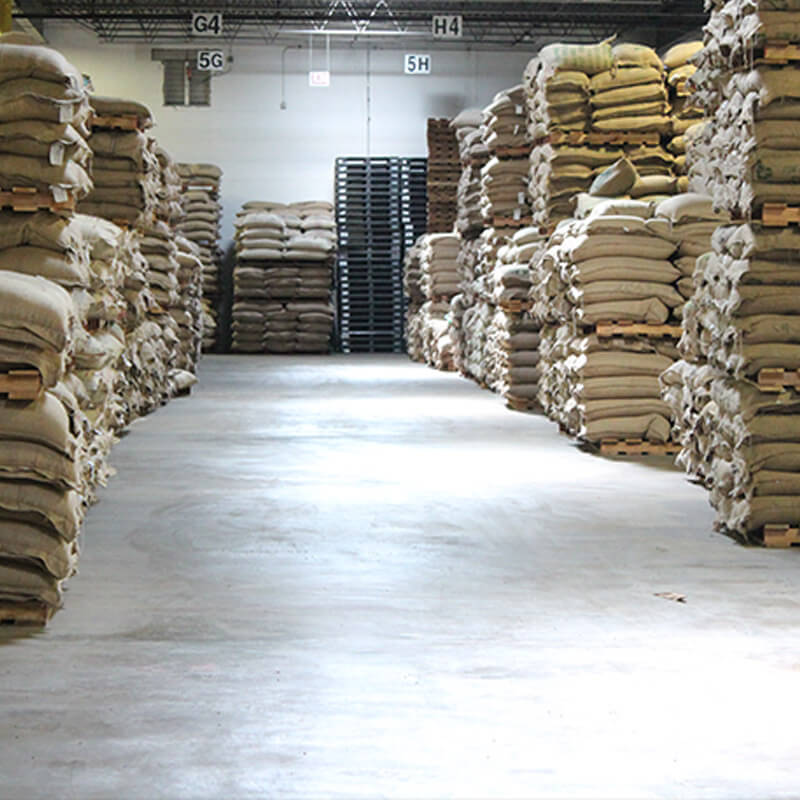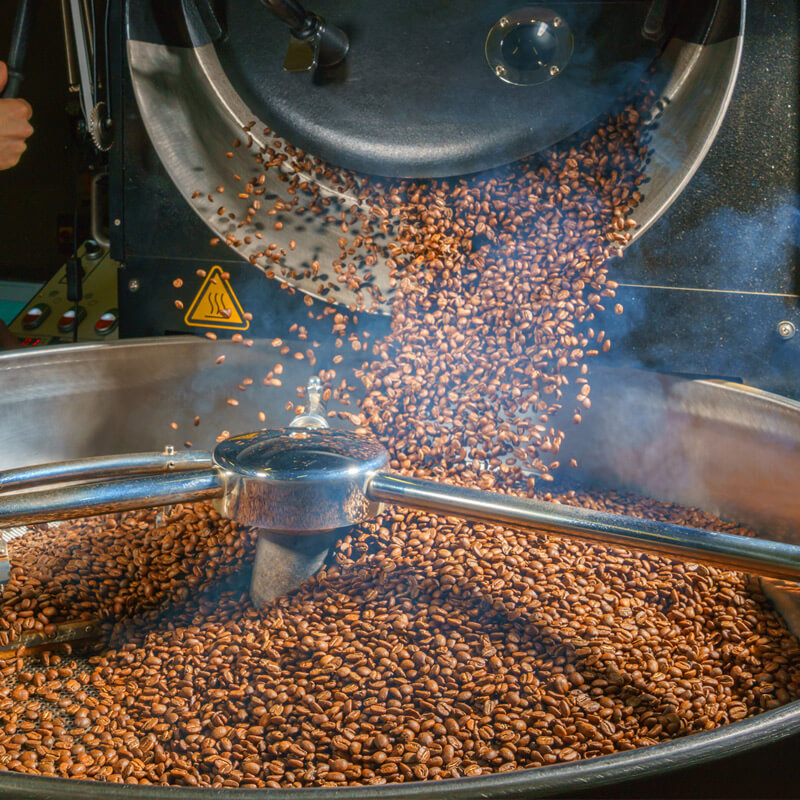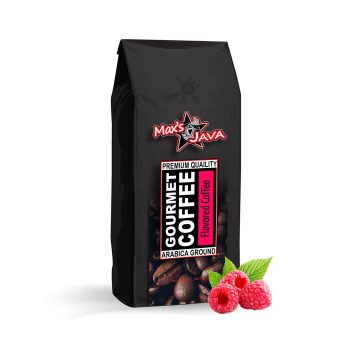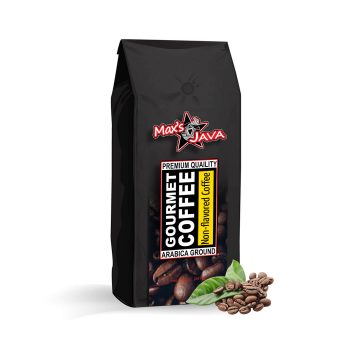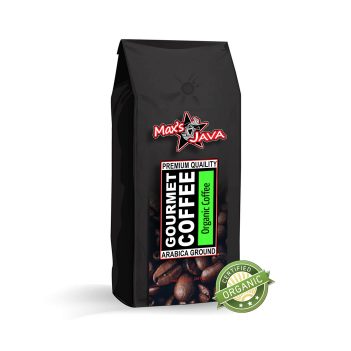Planting the Coffee Seeds
Coffee beans are actually seeds that have been processed and planted. Max's Java Coffee seeds are generally planted in large beds in shaded nurseries with an elevation of at least 1000 meters above sea level. The seedlings are watered frequently and shaded from harsh sunlight. When they are hearty enough, they are permanently planted during the wet season so the roots can firmly establish in the wet ground.
Harvesting the Coffee Cherries
About 3 years later the coffee tree bears fruit (known as the coffee cherry) which are harvested annually or biannually. The cherries are “selectively stripped” meaning they are pulled off of the branch one at a time by hand. Selective stripping process yields a much higher quality coffee. Pickers rotate among the coffee trees every eight to 10 days, choosing only the cherries which are at the peak of ripeness. An experienced picker can harvest 100 to 200 lbs of coffee cherry a day! The picking process is labor intensive and expensive and therefore reserved for Arabica beans only.
Processing the Coffee Cherries
The picked cherries must be processed as soon as possible to avoid spoilage. Either the Dry Method or Wet Method are used, depending on location. The Dry Method is the older technique and is done by laying the cherries out in the sun to dry out. They are frequently raked until the moisture drops to 11% (can take several week). The Wet Method uses de-pulping machinery to squeeze the bean out of the cherry. The beans are sorted by weight, sent to water-filled fermentation tanks for 12-48 hours, and are then dried. Drying is done naturally, via Patio Drying (involves constant raking), mechanically with dryers or in raised beds in a solar dryer.
Milling the Beans
The first step is hulling the beans which refers to removing the entire dried husk of the dried cherry. Next beans are polished by a machine which removes any remaining silver skin. The beans are then graded and sorted by size and weight. Sorting can be done by eye, density table and also by an air jet that blows away beans out of range. Imperfect beans are removed by machine and by hand, ensuring only the highest quality beans are exported. Coffee is then evaluated in a process known as cupping. The coffee is measured in terms of acidity, body, aroma, and aftertaste
Roasting and Grinding the Beans
The roasting process is what turns the green coffee into the brown beans we purchase in stores. Beans are constantly moving in the roaster to keep from burning and then brown once they reach 400 degrees fahrenheit. At this point the fragrant oil locked inside the beans begins to emerge. This process is known as pyrolysis and it produces the aroma and flavor that we all enjoy in our coffee. The beans are immediately cooled after roasting. Roasting typically takes place in the imported country as freshly roasted beans should reach the consumer quickly. If the beans are to be ground, this is the point that the grinding process takes place. The purpose of grinding is to get the most flavor in your cup of coffee. As a rule, the finer the ground, the quicker the coffee preparation should be
Brewing and Enjoying Your Cup
Start with filtered or bottled water and as a rule, use 1 to 2 tablespoons of ground coffee per 6oz water. The amount of time the coffee stays in the water depends on the system you’re using (drip system, French Press, Espresso, Cold brew). Play around with the times until you find your perfect brew. Max's Java takes pride every step of the way so you can enjoy the best medium roast arabica bean each cup at a time!



